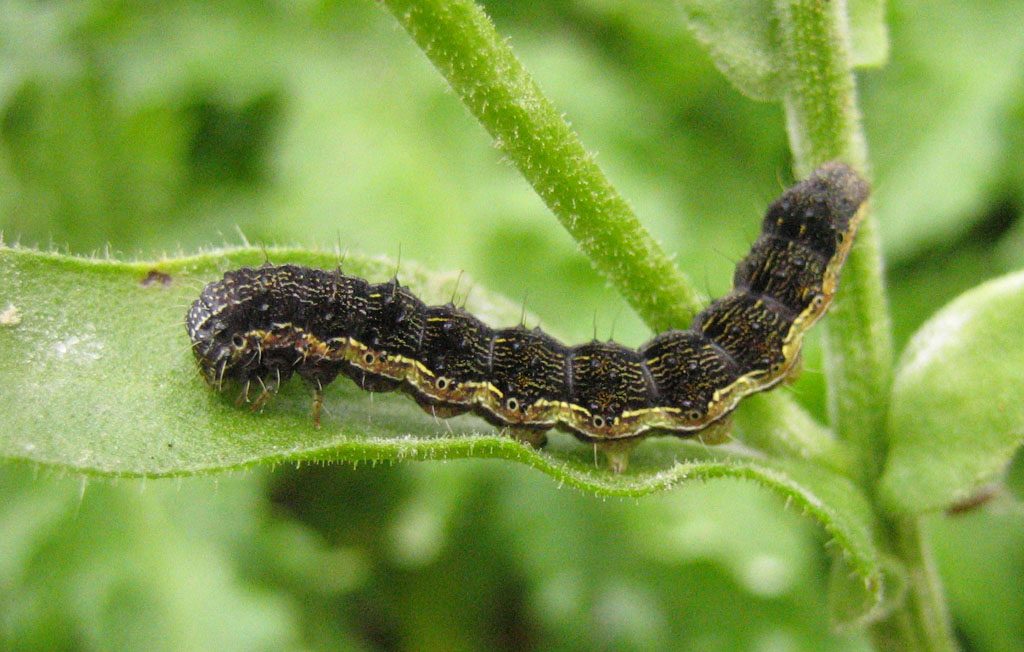Information Diffusion Key to Pest Management
A recent study has found that integrated pest management programs can experience significant lags in their implementation due to slow ‘information diffusion’ within farmer communities. Cooperation between farmers in developing countries was found to be key to ensure the successful coordinated implementation of such programs. Integrated pest management (IPM) programs are biological approaches to dealing…
Coffee Berry Borer thriving due to Climate Change
A newly published paper has found that temperature increases are benefiting coffee berry borers in East Africa. The insects are causing more damage to coffee crops and it has also been reported that their distribution range has also expanded. The researchers behind the study also predict that the damage caused by the borers will worsen…
Sunscreen for temperate crops
British researchers have discovered how corals are able to resist harmful UV light through their relationship with algae. They have found more than 20 sun-protection compounds within corals that could be used to benefit farmers in developing countries. The new compounds could bolster the current sun protection processes found in temperate crops to allow them…
Pest-fighting Anthocyanins
U.S. Department of Agriculture (USDA) scientists in Illinois, USA, are investigating the role of anthocyanins in pest-control. They believe that the plant pigment can adversely affect crop pests such as the corn earworm caterpillar and the cabbage looper caterpillar that feed on it. Anthocyanins are a plant pigment which give blackcurrants and flowers, such as…
Microwaved Pests: A new recipe for success?
Researchers at the National Physical Laboratory (NPL) are currently exploring the use of microwaves as a potential pest control method. Unlike traditional chemical pesticides, which indiscriminately kill all insects, microwaves would be able to target specific insect pests and not affect other insects in the area. This new application of microwaves could benefit farmers in…
Increasing Food Security and Empowering Women
Efforts to help developing countries increase their food security and to empower women should be considered together as both are dependent on one another. The FAO has said that if women had the same resource access in agriculture as men then food output in developing countries would increase by enough to pull 100-150 million people…
Maize’s New Protector: Parasitic Wasps
Certain maize landraces obtained from South America have been found to have developed sophisticated defence strategies to cope with insect pests such as the spotted stemborer, Chilo partellus, it was reported today. These findings could help to increase maize yields and improve food security. The spotted stemborer, Chilo partellus, is now a major pest in…
Cotton Topping Reduces Pests
Cotton topping has been reported to reduce bollworm infestations without negatively affecting cotton yields. Scientists in Mali looked at three bollworm species, which are responsible for the majority of cotton yield losses in sub-Saharan areas of Africa, where topping is no longer employed. Cotton topping is an agricultural technique in which the shoot tips of…
Cucumber Mosaic Virus Stopped By Slicing
Source: Scot Nelson, Flickr CC-licensed Food security can be compromised by a combination of different factors related to the environment, such as the current drought in East Africa. It can also be negatively impacted upon by insect pests that may migrate into new regions, or by native pests that have widened their feeding habits or…
- « Previous
- 1
- 2
- 3
- Next »


